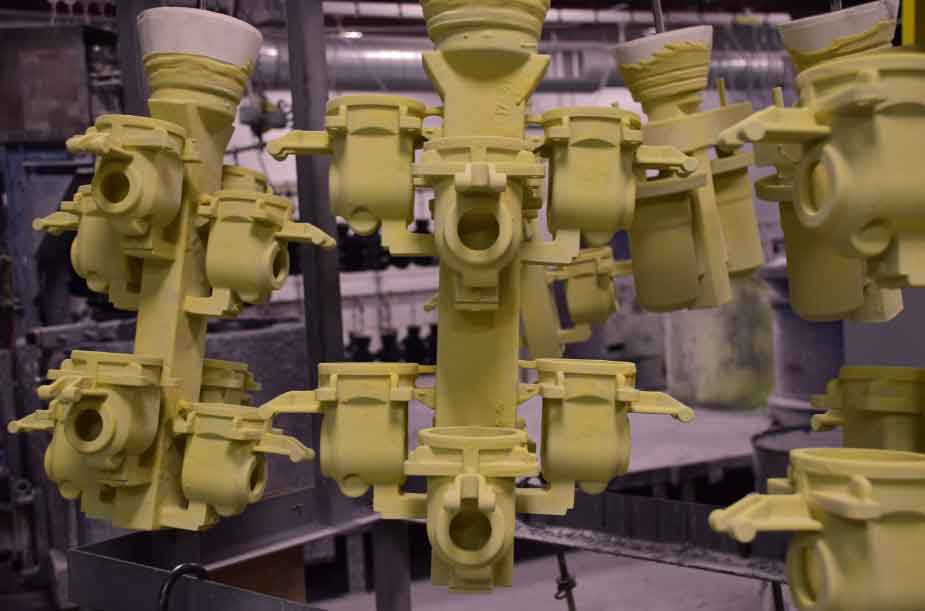Sand casting is widely recognized as an economical and versatile manufacturing process, offering numerous advantages in terms of cost-effectiveness and flexibility. Let’s delve into the key reasons why sand casting is considered as such.

Cost-Effectiveness
- Tooling Cost: Sand casting requires relatively simple and low-cost tooling compared to other casting processes. The patterns used to create the sand molds can be made from various materials such as wood, plastic, or metal, allowing for cost-effective pattern fabrication.
- Production Cost: Sand casting is suitable for both small-scale and large-scale production runs. The materials used in sand casting, including sand, binders, and cores, are generally inexpensive and readily available. This makes sand casting a cost-effective option, especially for manufacturing parts in higher quantities.
- Material Cost: Sand casting allows for the use of a wide range of metals and alloys, including cost-effective materials such as aluminum and iron. The ability to choose from various metal options based on cost and performance requirements further contributes to the cost-effectiveness of sand casting.
Versatility
- Part Complexity: Sand casting is capable of producing parts with various sizes, shapes, and complexities. It can accommodate intricate designs, undercuts, thin walls, and internal cavities, making it suitable for a wide range of applications.
- Material Compatibility: Sand casting supports the casting of numerous metals and alloys, including ferrous and non-ferrous materials. This versatility allows manufacturers to choose the most appropriate material based on factors such as mechanical properties, corrosion resistance, and heat resistance.
- Design Flexibility: Sand casting offers design flexibility, as patterns can be easily modified or replaced to accommodate design changes or custom requirements. This enables manufacturers to adapt to evolving market demands and incorporate design improvements without significant cost implications.
- Size Range: Sand casting is capable of producing both small and large castings, ranging from a few ounces to several tons. This versatility in size makes it suitable for diverse industries, from automotive and aerospace to machinery and art foundries.
Manufacturing Efficiency
- Prototyping: Sand casting is well-suited for prototyping and product development. The low-cost tooling and relatively quick turnaround time allow for the efficient production of prototypes. Sand casting enables manufacturers to validate designs, test functionality, and make modifications before committing to expensive production processes.
- Tooling Modifications: Sand casting allows for easy pattern modifications and adjustments, enabling manufacturers to refine the design and optimize the casting process. This flexibility reduces lead times and enhances manufacturing efficiency.
- Scalability: Sand casting is a scalable process, accommodating different production volumes. Manufacturers can easily replicate and scale up the production process to meet varying demand levels.
- Process Control: Sand casting offers good process control, allowing for consistent and repeatable results. Parameters such as pouring temperature, cooling rate, and gating systems can be precisely controlled to optimize casting quality and minimize defects.
Overall, the combination of cost-effectiveness, versatility, and manufacturing efficiency makes sand casting an attractive choice for a wide range of industries. Its ability to produce complex parts, adapt to design changes, and offer economical production solutions positions sand casting as a valuable and widely utilized manufacturing process.
